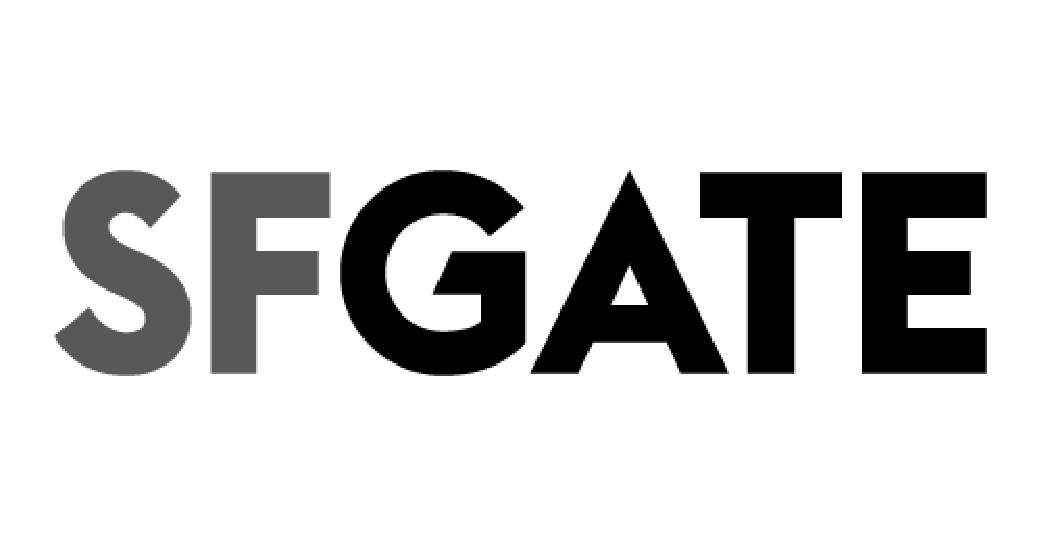What kind of proof is required for a discrimination claim?
Rules of legal evidence are complicated, so it is best to call an employment lawyer if you suspect discrimination. California courts allow workers to use both direct and circumstantial evidence to prove they experienced workplace discrimination. Direct evidence is the strongest form of evidence, as it shows that your employer is hostile toward you specifically because you are part of a protected class, such as a minority race, non-US national origin, over 40 years old, female, disabled, LGBTQ or a religious member. Circumstantial evidence, which is not as strong, usually shows you are being treated differently than others, but the employer’s reasons are not so clear.
Types of direct evidence include witness testimony, complaints of discrimination or documents like emails, text messages or social media posts that indicate your employer behaved discriminatorily toward you. For example, a company may tolerate its workers making discriminatory or harassing comments; or a supervisor may comment that he prefers to hire and promote only younger workers. An email refusing to offer a disabled employee reasonable accommodation, such as modified equipment or extended leave, could be direct evidence of disability discrimination.
Witness testimony is another form of direct evidence. Coworkers who witnessed the discrimination you experienced can be called upon to testify in support of your story.
Direct evidence of discrimination is often more challenging to obtain than circumstantial evidence. Circumstantial evidence consists of inferences or facts that suggest workplace discrimination occurred. For example, if your employment was terminated for no good reason or a false reason, it could be evidence that your employer had some other motive—perhaps protected class discrimination. But without some reason to think that discrimination is going on, a judge or jury may decide there is insufficient evidence.
To prevail in court, an employee must prove that they are a member of a protected class, had the qualifications required for their job and suffered an adverse employment action (like wrongful termination) based on their membership of the protected class. Once these factors are established, the employer has the burden of showing there was a non-discriminatory reason behind the adverse employment action against the worker. At that point, the burden shifts back to the employee to show that the employer’s reason is merely a false pretext for discrimination.
If you experienced discrimination at work, it is important to follow your employer’s policies to report what happened, such as filing a complaint with your manager or human resources right away. It is best to complain in writing and keep a copy. If your employer fails to investigate your complaint and take steps to stop the discrimination, then you can use their inaction against them in court. Courts have dismissed discrimination or harassment cases where the employer could show it was unaware of the situation.
Workers can also provide evidence that shows their employer has a pattern or practice of discriminatory conduct—such as statistical evidence that many members of a particular protected class suffered adverse employment action. This type of evidence is often used for class-action discrimination lawsuits.
Rules of evidence are very complex, so if you suspect discrimination, it is best to check with a skilled employment lawyer, who can help build your case with strong supporting evidence. While every worker’s situation is different, you should never tolerate discrimination at work; otherwise, it will never stop. Contact the San Francisco employment attorneys at McCormack Law Firm today for a free initial consultation.
Other Discrimination & Harassment FAQs:
- Are employment discrimination claims common in California?
- Are transgender workers protected under California’s employment laws?
- Can California employers ask about my criminal record?
- Can I record conversations at work to prove I experienced discrimination or harassment?
- Can I still file a claim if I didn’t report the discrimination or harassment when it happened?
- Can my employer fire me for filing a discrimination claim?
- Can my employer fire me if I file a discrimination claim?
- What is a hostile work environment?
- What is an adverse employment action?
- What is sex stereotyping discrimination?
- What kind of proof is required for a discrimination claim?
- What should I do if my supervisor is harassing me?
- What types of compensation are available in a California employment discrimination case?
Practice Areas
Schedule your free consultation today: 415.925.5161
Client testimonials
This law firm was the only one to answer the phone out of the 15-20 law firms that I called that day. I had a wrongful termination case and Bryan really took the time to listen and understand what happened in my situation, and he knows the law to a T. – Shanic M.
I was owed wages and overtime and my employer refused to pay me. So I hired them to file a lawsuit. Bryan easily understood my very complicated case and I am happy with the results. – Ebi Z.
I didn’t have to pay anything, the firm took the whole risk of managing the case. Through the 14 months, Bryan always kept me updated, was very responsive and patient to questions I had. We achieved a resolution out of court in my favor, making me even happier about the experience. – Peter S.
I can honestly say that my experience with Bryan was all the way positive from day one… We had very high expectations about our case and in the end we got what we hoped for. – Roger J.
I won my trial and I got more than I expected. Everyone in the office is so nice and helpful. Even after everything was finished I could call a few weeks after and ask questions to make sure I was protected and they are more than helpful. – Husain N.
I never had to pay Bryan anything up front, nor was ever pressured to settle early. We ended up settling morning of the trial. Bryan is a really sharp, aggressive, seasoned attorney and knew the law inside and out about whistleblower cases. – Kyle B.
SEEN ON





